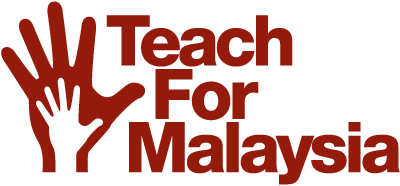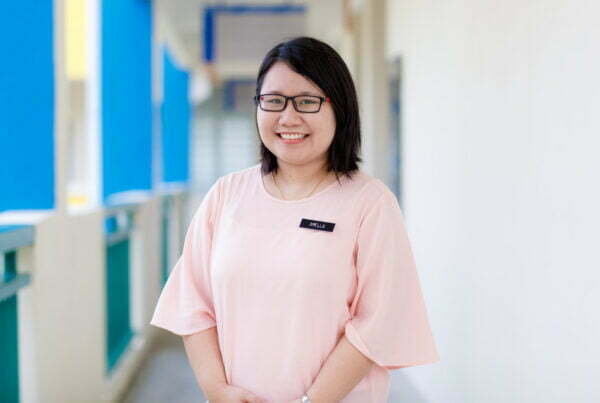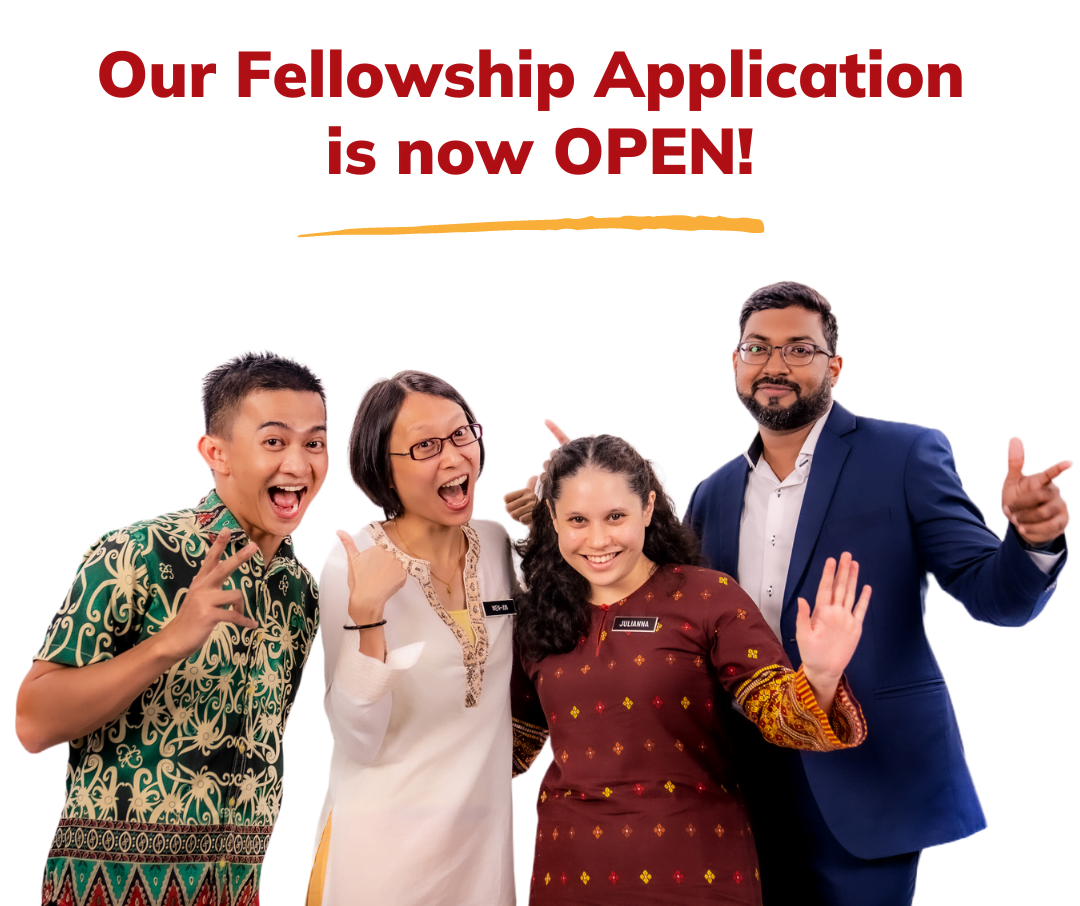What is your project about? What is the problem it hopes to solve? How does that problem affect your students’ ability to achieve?
Closing the Gap are tutoring sessions that run on Saturdays, from 10 a.m. to 12 p.m. in SMK Bandar Baru Ampang. The project tackles the problem of illiteracy and innumeracy by matching volunteers with students. Volunteers tutor students in small groups or one-on-one in English or Math. We use the Usborne Reading Programme for English, through which students read engaging storybooks with volunteers. For Math, students use the Kumon module for doing exercises on basic arithmetics.
 Literacy is one of the key factors for breaking the cycle of poverty that many of our kids live in; we want our students to be able to see that they are not bound by their circumstances in life. Closing the Gap aims to bring these low-performing students back on track, to where they are supposed to be. We want our students to be able to read and understand their textbooks. We want them to have adequate arithmetic skills.
Literacy is one of the key factors for breaking the cycle of poverty that many of our kids live in; we want our students to be able to see that they are not bound by their circumstances in life. Closing the Gap aims to bring these low-performing students back on track, to where they are supposed to be. We want our students to be able to read and understand their textbooks. We want them to have adequate arithmetic skills.
Why Closing the Gap? Firstly, many of the students entering the school are 3 to 6 years behind academically; some begin their secondary school years unable to read and write. Some don’t even know their multiplication tables and struggle with basic addition and subtraction – and these students usually have little hope unless they get the personal attention that is so crucial in ensuring that they succeed.
Put simply, these kids have been left behind. They often zone out in classes because of frustration due to lack of comprehension, as teachers are teaching at a much higher level than they can currently cope with. The range of abilities in each of our classrooms is so wide that to individualise learning to each student’s current level can be an overwhelming task, given the limited amount of time we have in the classroom with the students.
Hence we hope that Closing the Gap can help to eliminate that gap, and bring the kids back on par.
What kind of challenges did you run into when implementing it?
The first challenge would be the inconsistent attendance of some students. Even though we would have reminded them about the extra class the entire week, come Saturday, they would suddenly not turn up. But now that we’re well underway into the project, attendance has become fairly consistent, as students are engaged and motivated to come to school on a Saturday (!), and the number of students have increased too, as students tell their friends about Closing the Gap. Student attendance is now the least of our worries.
 The second challenge is finding a stable stream of volunteers, and also having to deal with volunteers pulling out at the last minute. We’ve been able to form a partnership with ExxonMobil, who commit between 10 to 15 volunteers each Saturday. We also have a relationship with ISKL, which is around 10 minutes away from our school, who advertises about our project to their International Baccalaureate (IB) students. We are working on engaging more IB students to come and volunteer with us.
The second challenge is finding a stable stream of volunteers, and also having to deal with volunteers pulling out at the last minute. We’ve been able to form a partnership with ExxonMobil, who commit between 10 to 15 volunteers each Saturday. We also have a relationship with ISKL, which is around 10 minutes away from our school, who advertises about our project to their International Baccalaureate (IB) students. We are working on engaging more IB students to come and volunteer with us.
I would say that getting volunteers isn’t too difficult a task, as there are always people who are willing to step up and help, but it’s getting stable volunteers that is a challenge for us, as some weeks we find ourselves not having enough volunteers to teach all the kids that turn up.
How did you manage to get your community involved, if the project involves them?
If you’re talking about school, it’s just as simple as communicating to our principal and the school administration about what we want to do, and getting their buy-in. But principal support isn’t enough; so we spoke to our school teachers, especially the ones who teach English and Math. We invited them along to see the Saturday sessions for themselves, and they are usually quite amazed and positive about the experience, and they see a lot of room for growth and potential. Seeing the project in action for themselves gets them more engaged and invested than merely talking to them about what we’re doing.
If you are talking about students as part of the community within the school, then it’s been word of mouth. We started off with 30 students in March; now we have around 40-50 students. We first focused on the ones who have been ‘left behind’, but are motivated and invested. And as word of mouth goes around, kids come up to us and ask if they can join the session. That’s how you involve community – personal engagement and telling people about how good this thing is for you.
If community means the general Malaysian public – well, then it would be simply that our project provides a very simple platform for people who want to volunteer or do something. We’ve had volunteers who join our sessions simply from searching online. What we’ve found is that there are LOTS of people out there who want to help and love to help and be involved in projects and programmes like this, but they don’t know how, or where to begin. Our premise is very simple: come for two hours on Saturday and read a book with a child. That appeals to a lot of people, and we’ve seen volunteers bring in their own friends and again, word of mouth really helps in getting more people involved.
 What kind of impact have you seen since the project began?
What kind of impact have you seen since the project began?
We’re still in the midst of collecting data. Majority of the students are about six years behind in their reading and literacy (based on administering the San Diego Quick test). We haven’t administered the end-of-year tests yet, so we don’t know yet how much the improvement is. But little things like students borrowing books home after each session, students coming up to me to ask about English words, students who are now able to understand what I’m saying in English, students who ask, “When is the next session?” – these are the qualitative experiences that tells us that we are making a difference in their learning. Most importantly, we’ve noticed that the students who come for the extra classes have become more engaged and invested in the classrooms as well, for both our Math and English lessons.
Do you think this project will continue beyond this year?
Definitely. Closing the Gap is supported by our school administration and well-received by our teachers. The teachers are definitely keen on helping us to continue the project next year, even after we’re gone. This semester, the teachers have done up a roster to come in on Saturdays to help manage the classes as we slowly get them to take over it. We plan to still be involved in the capacity of finding volunteers for the students, and we are keen to explore bringing the project deeper to eventually include the students’ parents; and in the long run, the surrounding community, in order to achieve the big vision of seeing a literate and well-informed community in our school.





